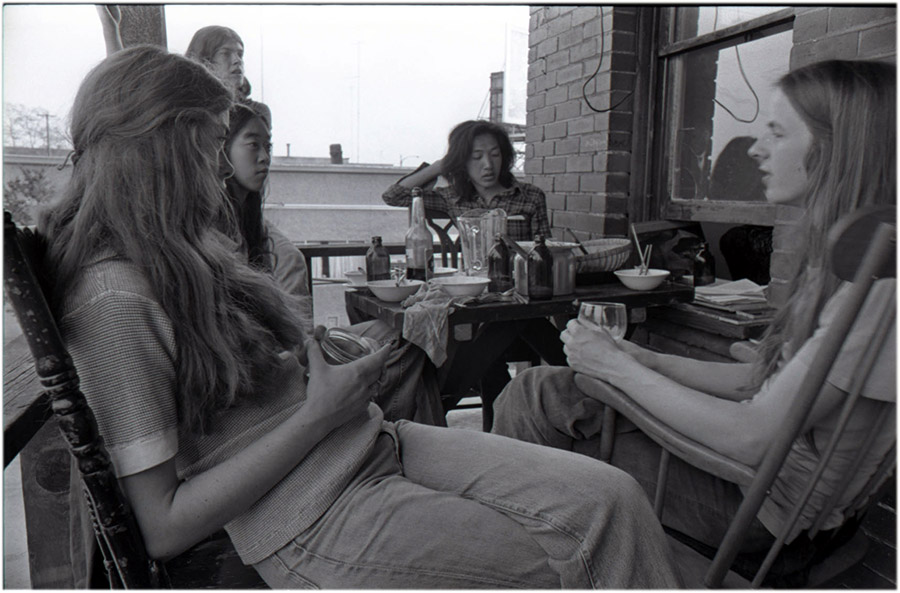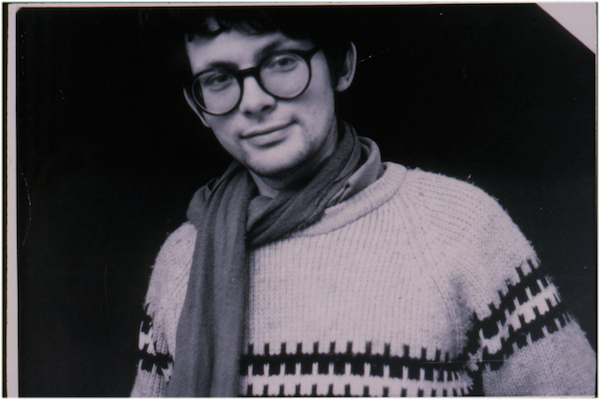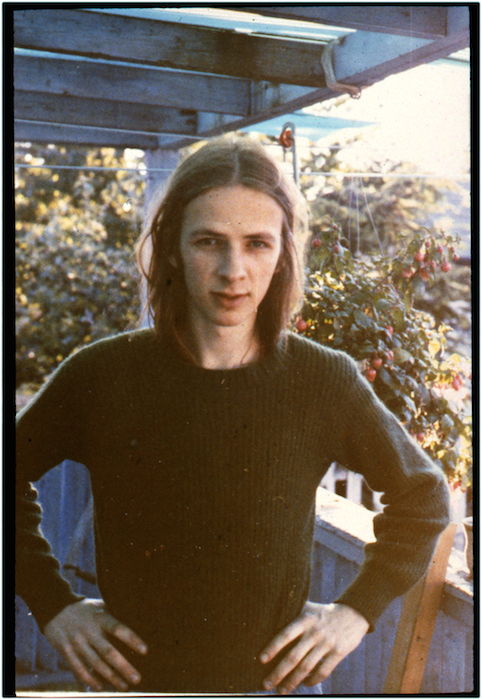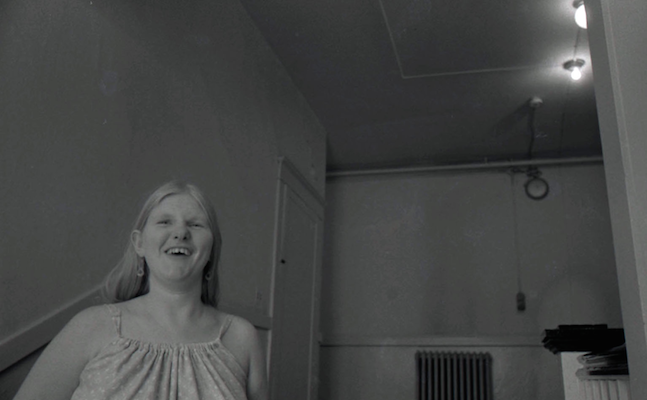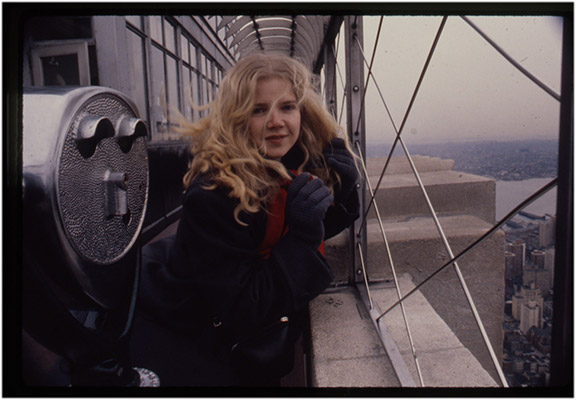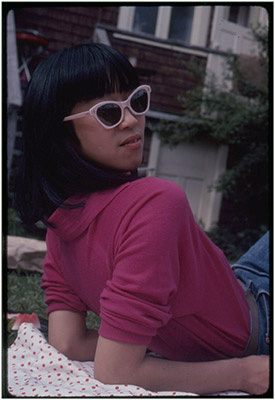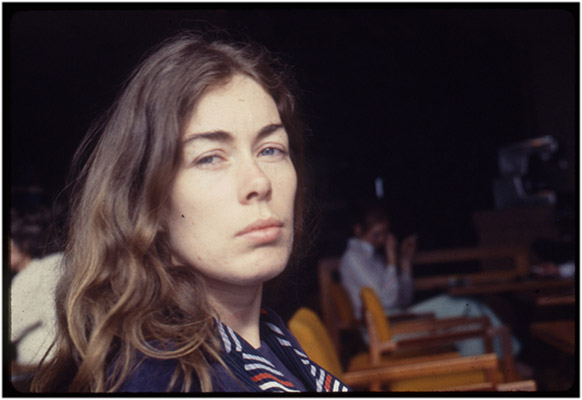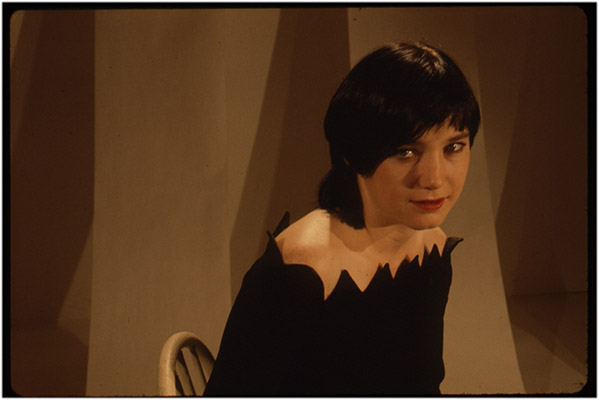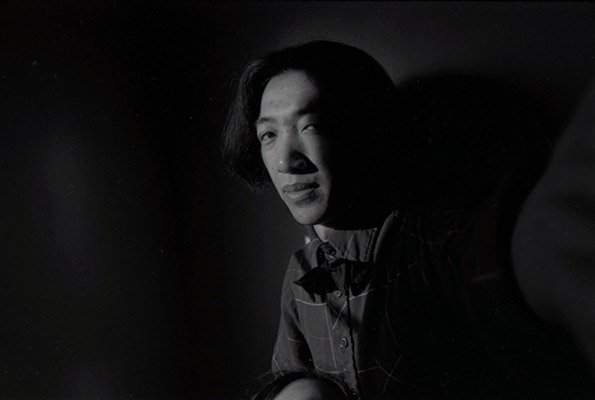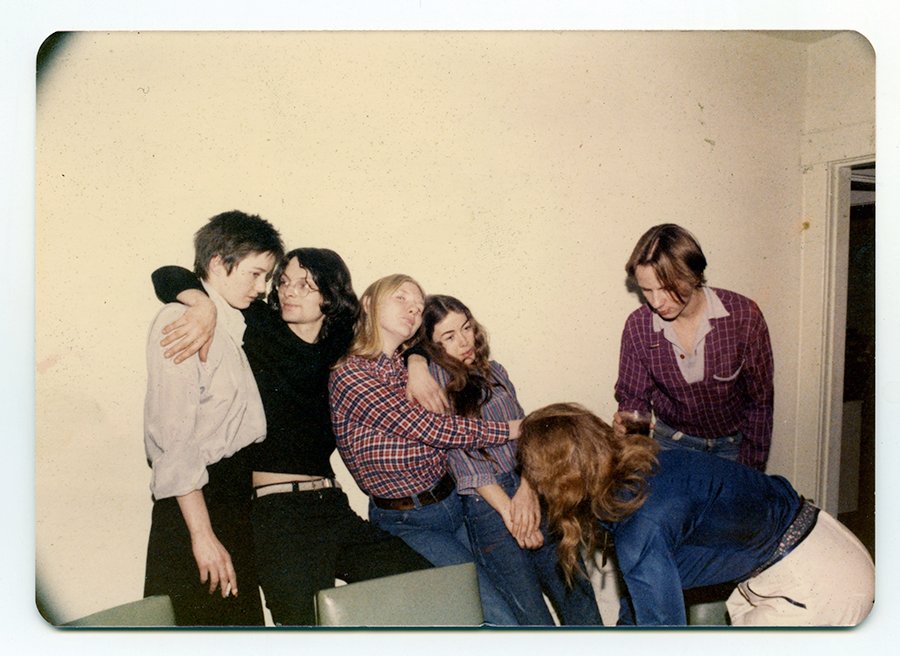Introduction
Ken and Deb went to the same elementary school. They were best friends. Ken lived two blocks from Deb. Deb…half a block from Jeanette. Jeanette went to Catholic School. Charlie lived six blocks from Jeanette. Ann (Annastacia) went to Catholic School and lived two blocks from Charlie. Ann was a friend of Paul’s sister. Paul lived four blocks from Ann. They all went to high school together. Ann lived on Main Street with Jean. Jean used to go out with Ken. Paul had a crush on Jean. Kevin moved in with Jean. Kevin used to go out with Ann. Marlene lived next door with Don. Jean and Kevin moved out. Michael moved in followed by the Japanese invasion. Ann went to Japan and married Hiro. Ken and Deb moved onto Main Street. Ann comes back from Japan. Ann, Hiro and Charlie live together on 57th. Ann meets Carol. Carol meets Charlie. Carol and Charlie live with Earl on 22nd Street. Ann and Hiro moved to Quebec Street, one block from Main Street. Ann throws Hiro out. Hiro moves in with Deb and Ken on Main Street. Ann meets Barry and moves into Watson Street, three quarters of a block from Main Street. Ken and Hiro move onto Quebec Street. Charlie and Carol move in with Deb. Ken throws Hiro out and lives alone. Ann and Barry move to 7th and Oak. Jeanette and Paul live together on Watson Street. Jeanette and Paul get evicted. Jeanette, Paul and Deb move into Seventh Heaven. Carol leaves Charlie. Charlie lives alone on Main Street. Ann leaves Barry. Marlene leaves Don. Carol and Marlene live together on 45th. Ann moves alone to 11th. Carol moves to Aubrey Place, five blocks from Main Street. Marlene lives alone again on Main Street next door to Charlie. Jeanette deserts Paul and Deb for a life of sleaziness in the West End. Charlie meets Mary. Mary moves onto Main Street. Jeanette moves back, six blocks from Main Street. Ken dies. Ann moves back to Quebec Street. Deb and Paul move into side-by-side apartments one block from Main Street, also one block from Ann on Quebec Street, four blocks from Carol on Aubrey Place, seven blocks from Jeanette on 21st. We all live together on Main Street.
Mainstreeters: Taking Advantage, 1972 – 1982 focuses on the activities of a group of artists and creative practitioners who lived along Vancouver's Main Street, the traditional dividing line between the city's working-class east side and its more affluent west side. The "Mainstreeters," as they were known, were a tightly-knit group founded on friendship, an interest in art and a shared neighbourhood. Although rooted to their neighbourhood, their presence extended throughout Vancouver and beyond.
A self-professed “art gang,” the Mainstreeters emerged in Vancouver as the influence of the abstracted landscape painters waned and the photo-based conceptualists aspired toward a new internationalism. For the Mainstreeters, opportunity meant taking advantage of what was at hand. Their earliest activities included large-scale community art events, where they held exploratory workshops in video. As teenagers they carted around a video camera as a captain would a ship's log. These tools – this medium – became a means to explore, edit, duplicate, distribute and receive their world – as art.
The foundation of our research is the evolution of a group whose core formed at Charles Tupper Secondary in the mid-1960s, when Kenneth Fletcher, Deborah Fong, Jeanette Reinhardt and Paul Wong entered Grade Eight. Friendships with older students Annastacia McDonald and Charles Rea soon followed, as did the arrival of Marlene MacGregor from Toronto and Carol Hackett, who attended high school in Vancouver's West End. At the time of their graduation, half of the Mainstreeters were employed by the Vancouver Art Gallery's extension program (Stadium Gallery, later Satellite Gallery), where meetings with video pioneer Michael Goldberg led to the group's involvement in the founding of Video Inn. Now ensconced in the burgeoning world of Media Art, the Mainstreeters quickly gravitated toward the Fluxus-influenced Western Front, an artist-run centre with an international reach whose "eternal network" included collectives such as General Idea, whom the Mainstreeters collaborated with on a 1978 Slow-Scan performance, and Willoughby Sharp, who hosted the group's S.S. Girls during their 1980 Tour de 4 stop in New York.
The history of the Mainstreeters can be seen as a hinge that links the interdisciplinary Vancouver salons of Roy Kiyooka in the early 1960s (conversations that anticipated the formation of Intermedia in 1967) and the more participatory "social practices" we know today. With an art practice fed by friendship and shared residence, the gang became expert at creating social space and organizing public events of mounting proportions, eventually resulting in the first of five gender-busting "drag balls" – the last of which was formalized in 1980 as ticketed event at a public hall. By this time the group had explored a downtown demimonde that included emergent collectives such as Pumps (Kim Tomczak, John Anderson, Chris Reed, Sandra Jans, Roy Arden, John Mitchell), as well as the nouveau riche art-collecting enclave of West Vancouver (through Karen McDiarmid, who helmed the VAG's extension program). More importantly, the Mainstreeters had successfully drawn local and visiting artists into their neighbourhood, pushing them, challenging them, particularly those whose notions of art were formed in textbooks and museums.
After ten years of production, the Mainstreeters’ videotapes (most of which exist as "sketches" of their lives and ideas) were no longer collaborative. The group remained connected throughout the 1980s, and continue to be involved in one another’s lives and projects; but where there was collaboration in the making of works like '4' (1980), or committed interventionist performance, such as in ten sity (1979), individually driven pieces like Prime Cuts (1982) utilized the Mainstreeters less as co-authors than as a skilled work force. Confused Sexual Views (1984) follows Prime Cuts as a signature Paul Wong project, and the controversy over its rejection by the Vancouver Art Gallery and ensuing legal battle left Wong – the solo artist – taking a principled stand in the community. Though not the cause of the Mainstreeters' artistic disintegration, Confused marks the end to the Mainstreeters’ collective artistic activity. Group members by now were more singular in their pursuits, no longer preoccupied with what danced in the cracks of authorship or, in the case of Main Street itself, what divided a city whose axis was already shifting from east-west to north-south.
Allison Collins and Michael Turner
